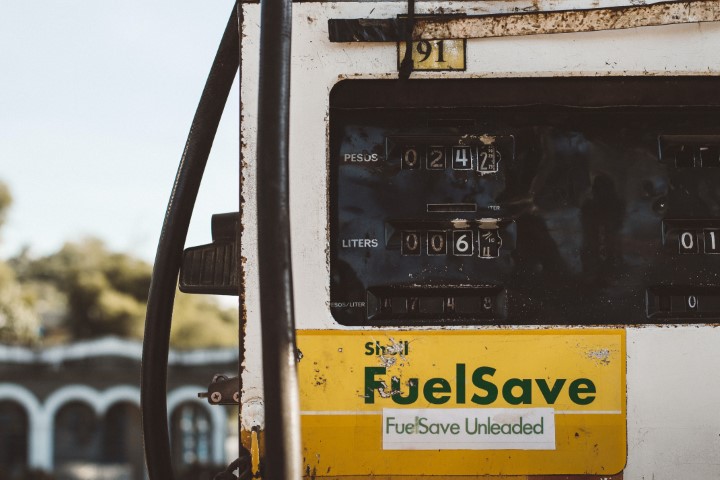 In a year when gasoline and diesel fuel prices have hit decade-high price levels, it’s no secret that everyone wants to cut consumption as much as possible. There’s no other way to fight the hyper-inflated cost of operating a car, truck, van, bus, or motorcycle. Individuals and business owners are both caught up in a dilemma. Fortunately, they’re discovering ways to slice at the pump expenses via stealth tactics.
In a year when gasoline and diesel fuel prices have hit decade-high price levels, it’s no secret that everyone wants to cut consumption as much as possible. There’s no other way to fight the hyper-inflated cost of operating a car, truck, van, bus, or motorcycle. Individuals and business owners are both caught up in a dilemma. Fortunately, they’re discovering ways to slice at the pump expenses via stealth tactics.
For commercial fleet managers, one strategy is to track and minimize idling, one of the main fuel wasting practices in the transport sector. For owners of private vehicles, the arsenal of inflation fighting tools includes simple things like maintaining optimum tire pressure, removing dead weight from trunks, performing routine maintenance, and more. If you want to cut the cost of driving, either as a private citizen or a business owner, consider the following methods.
Minimize Truck Idling
Idling is the most notorious offender when it comes to unnecessary fuel consumption. Whenever a truck or car engine is running while the vehicle is sitting still, by definition, it’s idling. Of course, there are plenty of times when drivers can’t help but idle.
However, remaining in that motionless, engine on state for too long can cause maintenance problems, pollute the air, and waste plenty of money for the company. The good news is that transport firm owners and managers can find out how to minimize idle engine time and save money in the process. The most effective way is to review a straightforward guide that explains all the facts about idling, including pertinent anti-idling laws, new tech that can reduce the practice, and why idling is such an expensive practice for commercial fleet vehicles.
Adjust Tire Pressure
You might never find the perfect car but you can find parts to optimize for perfect fuel consumption. What’s the easiest way to get better MPG (miles per gallon)? Keep all tires set at the recommended PSI level. That’s the pounds of pressure per square inch, and the number is listed on the side of every tire sold. When tires are overinflated or far below their recommended PSI, cars can suffer MPG reductions of up to 10%. That translated directly into a cash outflow for vehicle owners every time they fill up their tanks.
Dead Weight, Tune-Ups & Oil Changes
For consumers who want an instant bump in mileage efficiency, it makes sense to remove all unnecessary items from the trunk and back seat areas, where as little as 20 additional pounds can affect MPG over a month-long period. Additionally, getting regular tune-ups and oil changes can significantly improve miles per gallon, particularly in older vehicles. Check your owner’s manual and see if it’s possible to use synthetic oil to get even higher MPG numbers. Some passenger cars and trucks enjoy much higher mileage with synth oil.
Keep Windows Up
The simplest hack of all for beating at the pump price hikes is deceptively effective. When traveling in the city or on the highways, keep windows all the way up. When even one window is partially or completely down, MPG suffers significantly. Of course, there’s an exception to the rule in that drivers who wish to avoid using the air-conditioner can achieve better mileage by rolling the windows down. Otherwise, roll them up for maximum fuel efficiency.










